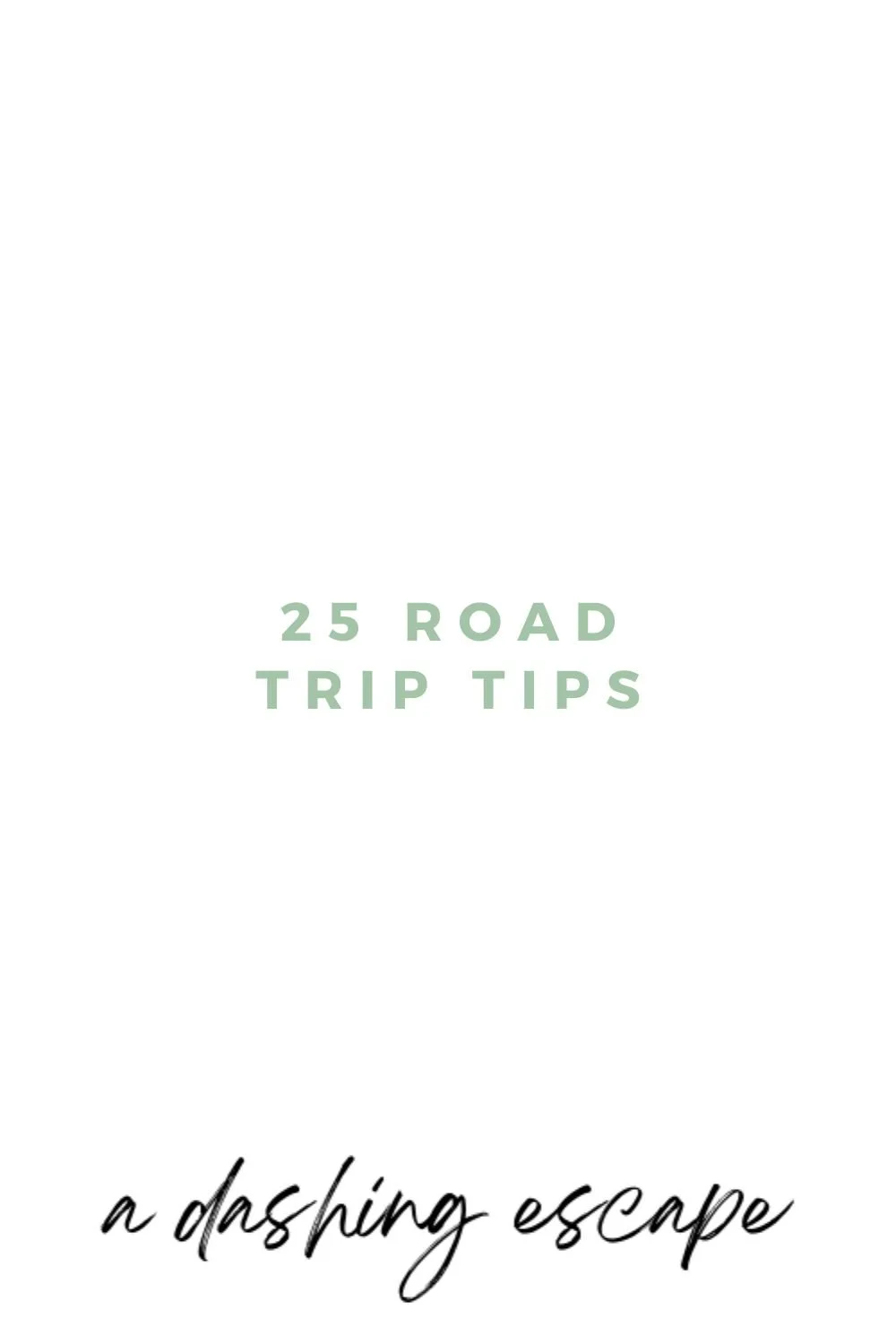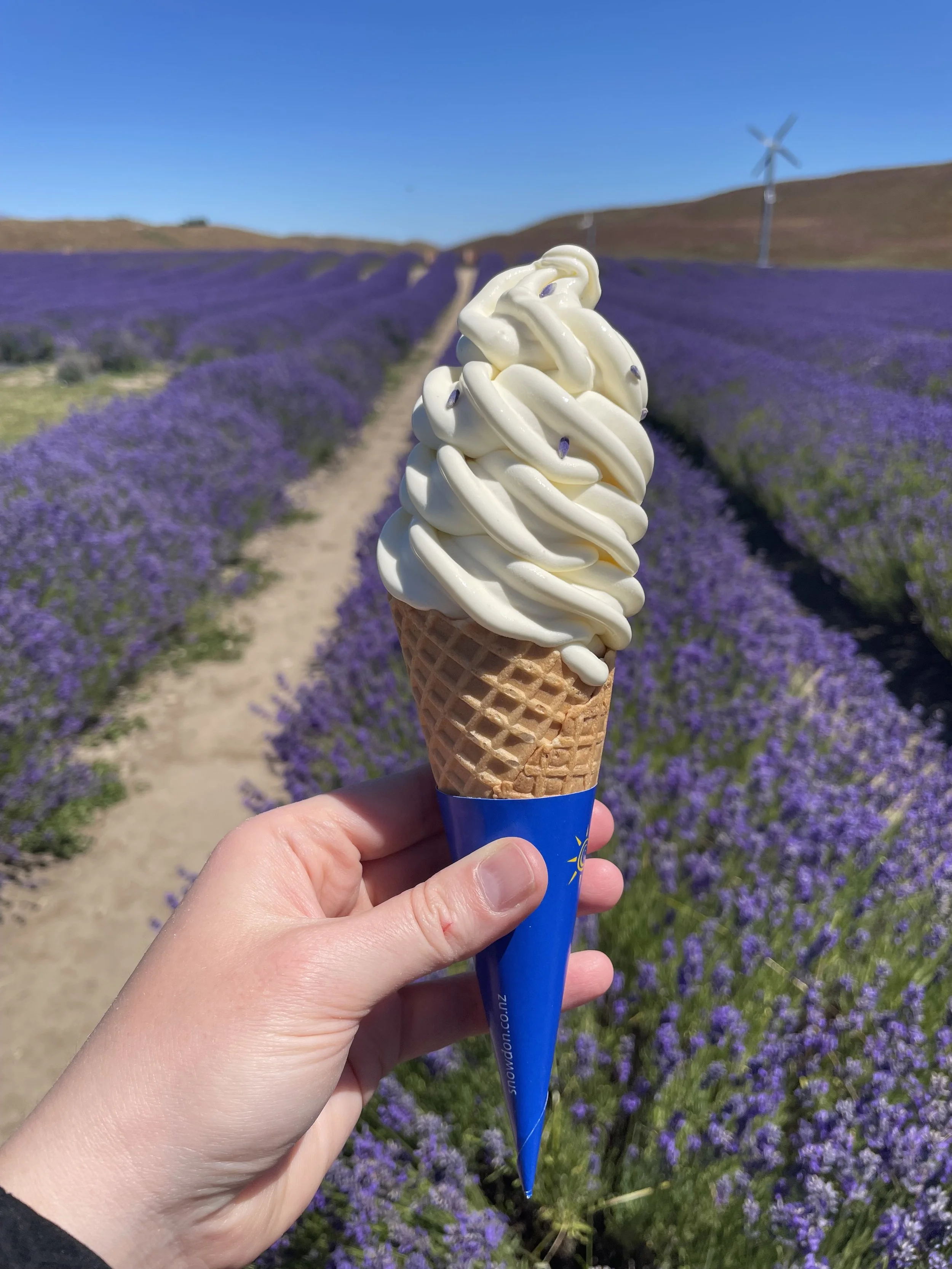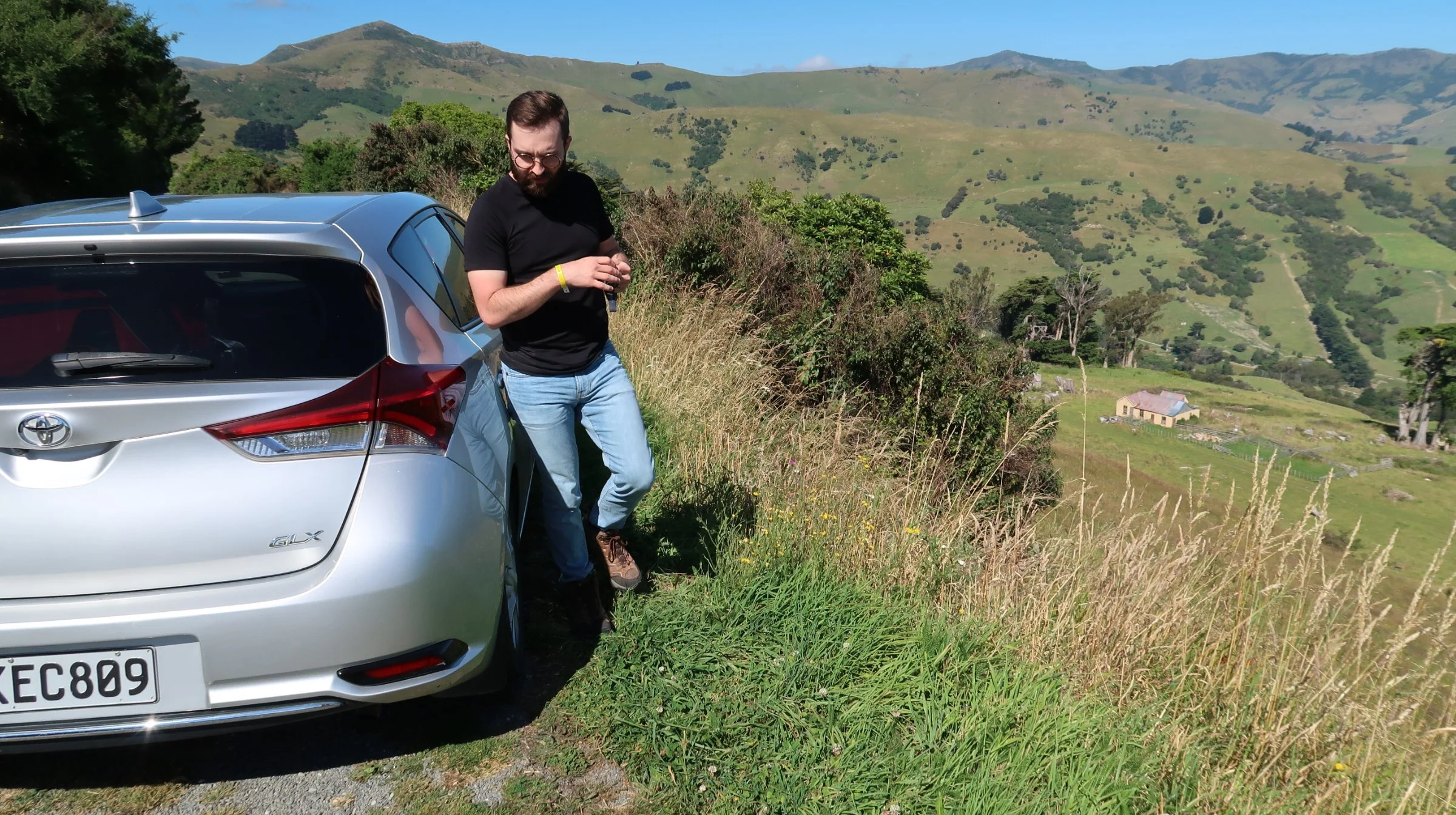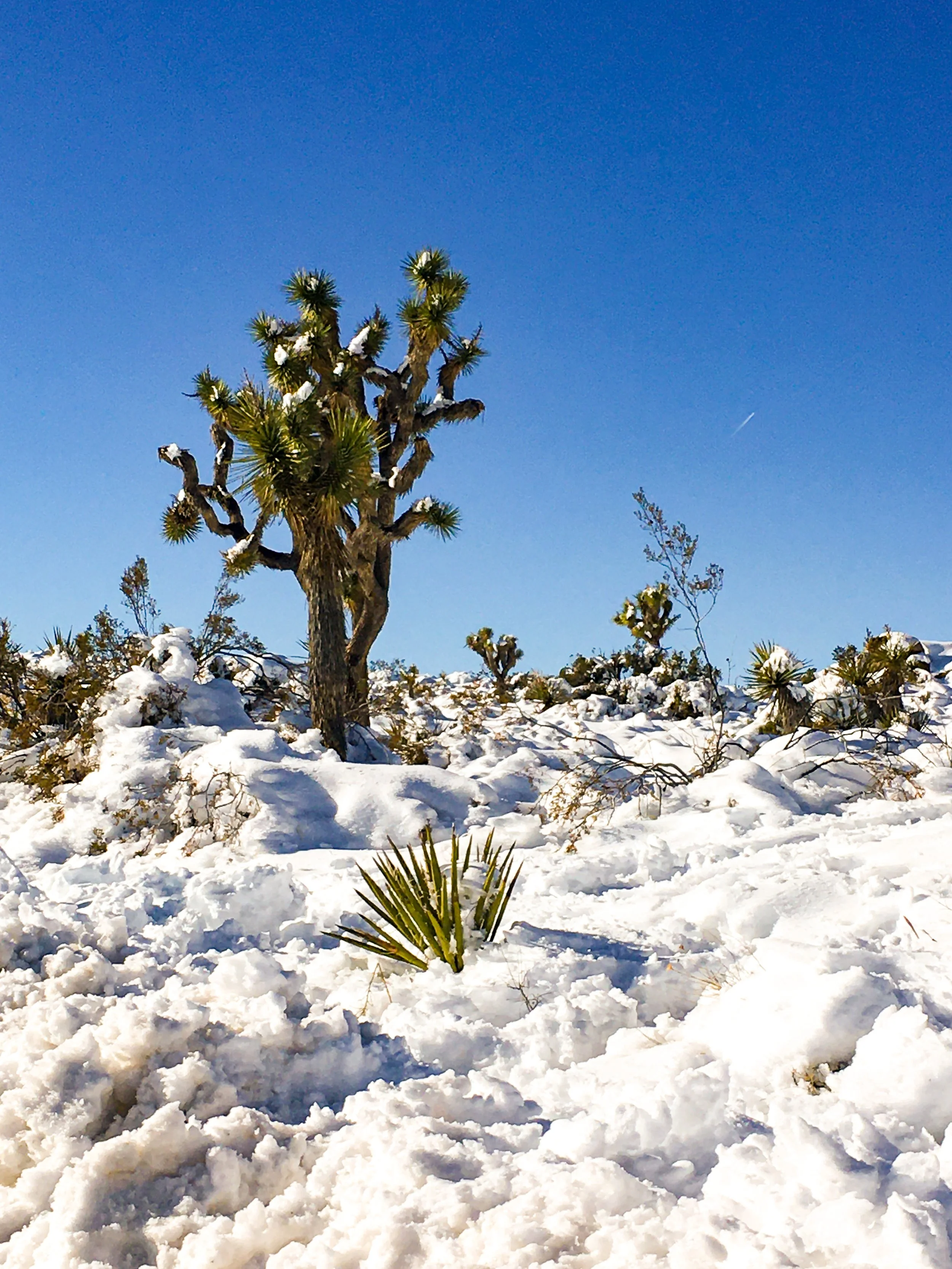25 Top Road Trip Tips
Top 25 road trip tips.
First of all, I want to emphasize the value and importance of taking a road trip. It has a number of key attributes.
It is like a tapas meal, a tasting platter of multiple destinations in one. If you do not like a stop, there is bound to be a city or a destination that is more to your taste.
It is really exciting, energetic, go go go. It is fun!
It is very romantic. It is old school. It is slow travel in a sense, watching the countryside change slowly out of the car window.
It can be very cost-effective.
It gives you more freedom to see exactly what you want, do exactly what you want, and when you want it.
It can be personally challenging (in a good way!). You can learn a lot.
I think there are several downsides to road trips: It is more challenging to plan. More moving pieces that require thought, where things can go wrong. It can be more stressful than staying in one place. It is a lot of time in a car, which can be boring, and hard. You have to like the company you are with a lot. You are subject to more of mother nature, and need to be more diligent about the weather and safety. It can sometimes cost a lot or more to rent a car and pay for gas, as opposed to staying in one place and paying for public transportation.
But for me, the pros outweigh the cons, and I’d pick a road trip for nearly any vacation.
I’ve taken a number as a kid - I grew up in a family of seven, and we would take road trips with the old pop up camper along the east coast about once every year. I had a very different opinion of road trips then.
As an adult, with the mission of trying to find where in the US to relocate to after graduate school and wanting to see the National Parks and natural beauty of the US, I’ve taken a fair number:
Here are my top tips to keep you comfy, and how to plan.
Get on Google maps, route out the path with all stops specifically included, and calculate out the total number of hours for the entire planned trip.
If the drive is scenic, no more than four hours of driving average per day. If the drive is not scenic, I’d decrease that to no more than three hours of driving average per day. No more than 7 hours max in a single day. We like to go fast. Know yourself, and what rate you’ve liked and what you’ve not liked on trips in the past, set your own pace.
Do your research in advance of what your options are, so you can make informed in the moment choices the day of without feeling overwhelmed. Find the right balance of planning to winging it ratio that works for you. I’m personally not firmly in either camp.
Look at the potential stops along the way, both the attractions you don’t want to miss, and potential others that are maybe less important. Estimate how much time you will need for each stop, and give yourself down time and transit time too. Then, you can pick lodging for each night, knowing how your day time will be broken down in each location.
If you’re in a really rural area, make sure that there are actually lodging options where you want to be.
Every third day, try to stay in a spot for at least two nights. If you stay one night, don’t unpack, 2+ nights, unpack.
Lighten your load and carry less. If you were choosing between packing a larger bag and not having to do laundry versus packing a small bag and committing to doing laundry once, I’d always pick the latter. Even if you have baggage room on your flight and in your car, it weighs you down physically and mentally. It often can save you money to pack less.
If you’re staying in a hotel for less than 12 hours, no need to book anything fancy.
If you are arriving by plane late, or on any particularly full activity days, pick a hotel with 24/7 front desk if possible to allow time for misadventures.
Order water and snacks from a local Target before your trip, and do a drive-up pick up on day one. You won’t waste time grocery shopping, but that you stay safe with enough food and water in the car if you find yourself in a pinch.
Check the weather well before your trip, the day before, and the day of. Check the weather for your current location, your arrival location, and a minimum of one halfway point. You cannot assume that the weather will be the same for the entire drive. Microclimates can change even 15 minutes away from each other. (Don’t be like us and get stuck in a snowstorm in Southern California.)
Be prepared for any and all weather.
Wear layers. Bring a jacket even if it’s supposed to be warm. Bring thinner base layers. Always bring hiking boots, and “camp shoes” (I’m partial to Teva’s). Hat and SPF.
Be organized. Add all of your hotel information to a Google maps, along with your must do restaurants and activities. Print out a physical copy of this map, with physical addresses also written down. Also, save an off-line map, in case you don’t have service. (Now you have two back ups!)
Keep basic survival gear in the car, and in your day pack, and bring with you on our hikes. Bring Band-Aids, comfortable shoes, foot powder. Leave all uncomfortable shoes at home, we ain’t got time for that.
Get an early start each day. Plan for multiple frequent, short stops. Find a short hike, quirky roadside attraction, to keep things lively and interesting.
Bring a book set in or written by someone from one of the areas you were in.
Avoid fast food, lean more heavily on hole in the wall, local cheap eats, with a reinforcement of grocery store snacks. Your wallet and taste buds will thank you, and you have a more authentic experience. Road trip does not have to equal fast food.
When things go wrong, try to laugh about it, find something to learn about it, be curious about it. Things will go wrong.
Know what things you have to book in advance (ex. fancy, popular restaurant, or concert that will sell out) vs. situations where you have some more wiggle room, and don’t be afraid to wing it if there is wiggle room that exists. For example - if there are lots of lodging options, you can even wing your hotel room until the day of - this can give you added flexibility.
Have a balance between urban and rural.
Ask locals for recommendations. Ask friends for recommendations. Keep a list in your head (I keep one on my phone) of recommendations.
Don’t be afraid to go for it and add more once you’re there. Don’t be afraid to change your mind once you’re there, and completely change things up. Road trip = freedom.
You cannot possibly and will not see it all. Embrace this. Expect it. And lean into it. There’s a beauty in this, there’s always some thing left to do if you decide to come back after your tasting meal.
Keep on top of trash in the car, every time you stop, clear out some trash.
What are your top road trip tips?
Anything new you learned here?
Anything you would add? Anything you disagree with?








